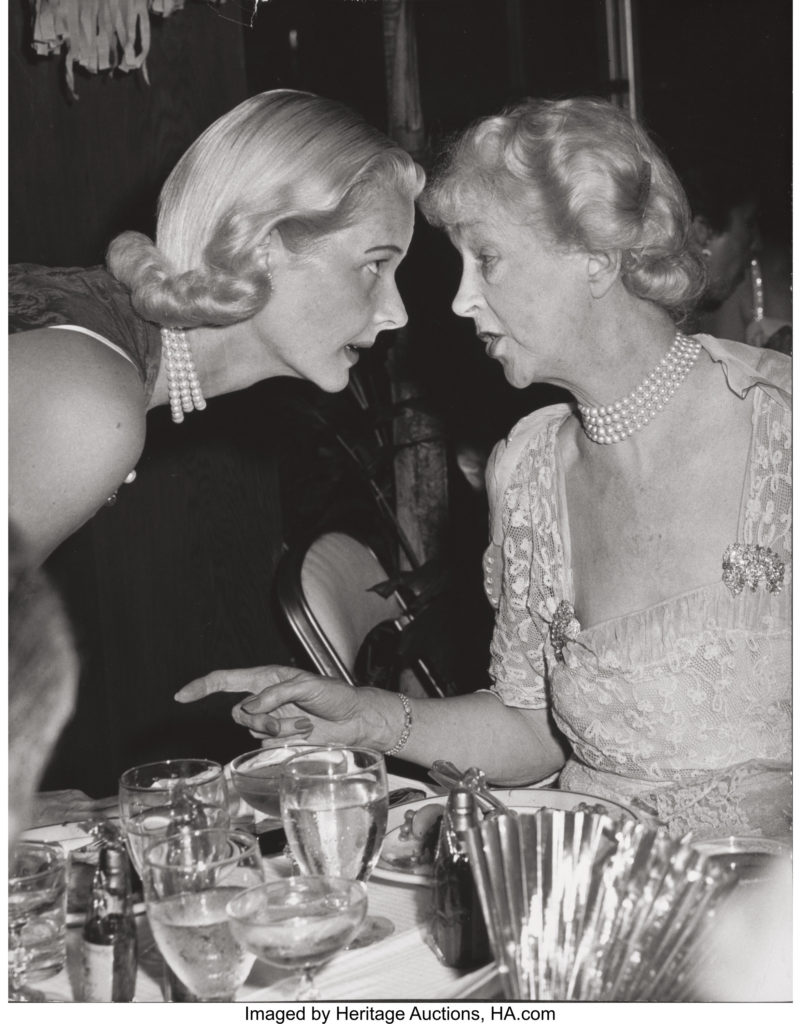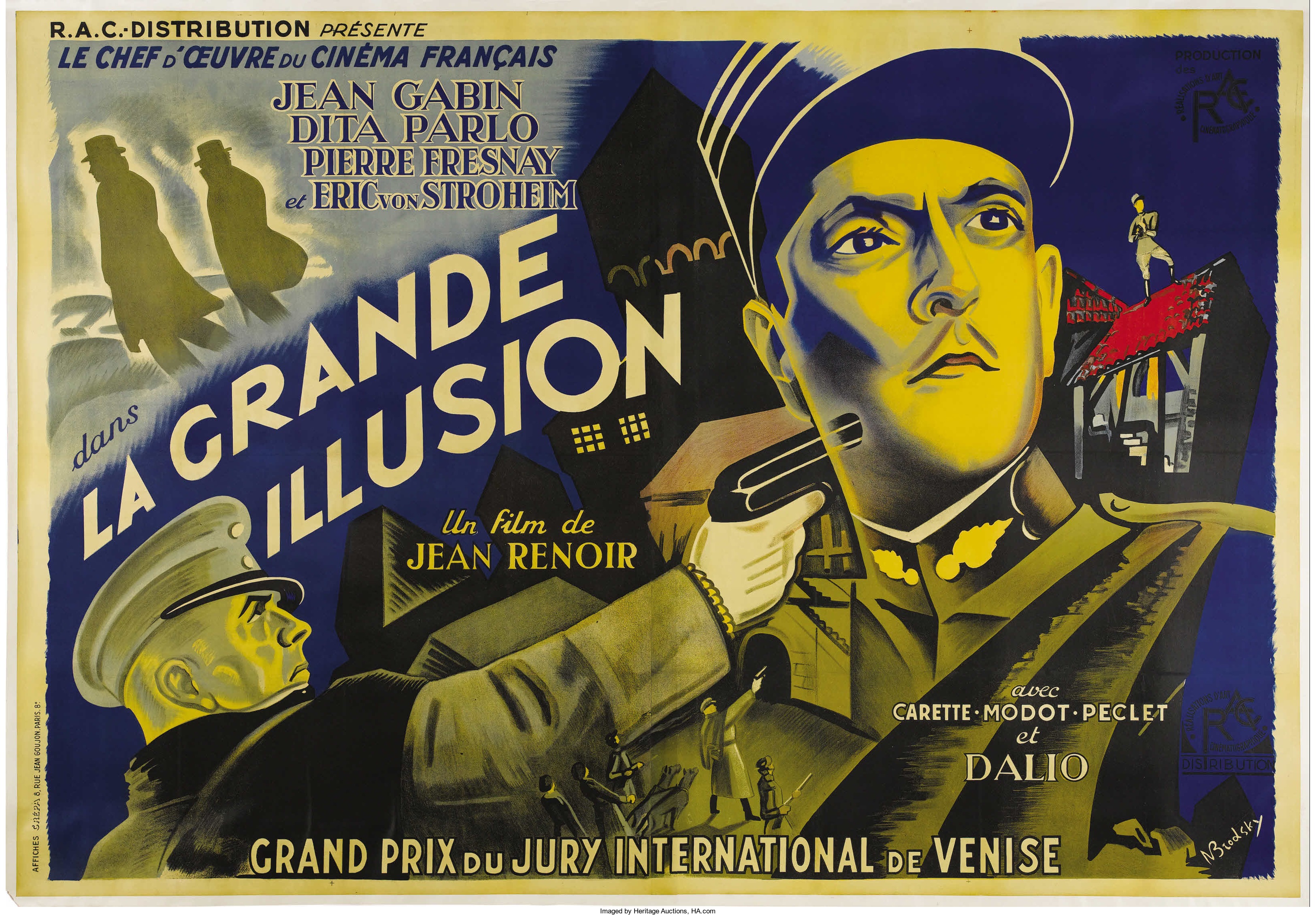
By Jim O’Neal
John Jacob Astor (1763-1848) was the first member of the well-known Astor family to gain prominence in both business and social circles of America. He holds the unique distinction of becoming the first multi-millionaire in the United States. Yet there is little in his early German background that hinted at his ultimate financial accomplishments. He was a baker and dairy salesman before moving to London at age 16. These were primarily family-related activities that expanded to include making flutes and pianos.
It was after relocating to New York City that events smiled on him as his instincts for mercantilism flourished. A fur trader piqued his interest and he began an astonishingly successful business buying raw hides from American Indians and finishing them for resale in London. The trendy English practice of owning fur hats seemed almost insatiable and Astor’s profits were generous. He even opened a thriving retail shop for fur goods in NYC just as the American Revolution ended.
The Jay Treaty between Great Britain and the United States in 1795 that opened trade between Canada, the Great Lakes region and London provided even more lucrative opportunities for Astor. Later, he would expand further West, all the way to Canton, China, as he added tea and opium to the lucrative fur business that he dominated in broad areas of the Northwest. Despite an interruption during the War of 1812, Astor’s profits enabled him to expand into New York City real estate with exquisite timing. The fashion trends in London were changing and Astor rightfully guessed that New York real estate was on the verge of exploding.
This almost prescient ability to transform his business to meet changing demands allowed him to grow his profits in an unprecedented manner. At the time of his death in 1848, John Jacob Astor was the richest person in North America. The family prospered and proliferated as the Astors naturally married into other wealthy families and would go on to become socially dominant as they had in business, despite the Civil War, which raged through the South for four long years.
Once peace was restored, there was a need to help rebuild vast portions of the ravaged country and it coincided with a number of major advances in economic developments that would fuel yet another, even greater period of prosperity. The Gilded Age is often used for the post-Civil War period from 1870 to 1900 when great fortunes were made in steel, oil, railroads and even the lowly sewing machine. It is also associated with names like Rockefeller, Carnegie, Mellon and Vanderbilt. These “Robber Barons” accumulated their great fortunes during a period when antitrust laws were virtually unknown and the personal income tax was decades away from being legislated.
Technically, it was probably a pejorative term, since “Gilding Gold” or “Gilding the Lilies” were considered examples of greed and excess. In the 1920s, Mark Twain co-authored a novel that described the excesses, just as Shakespeare had done, but not as caustic and with less sarcasm.
Across the pond, quite the opposite was happening. A combination of new death taxes and an agricultural depression had left much on the English aristocracy with dwindling incomes and in a paradoxical position of being land rich and cash poor. For the daughters of America’s new millionaires, it provided the ultimate opportunity: marriage to a cash-strapped British aristocrat in return for a title and automatic entry into the elite social circles that were quickly forming.
At no time was this more evident than in 1895, when Consuelo Vanderbilt, the daughter of American Willie Vanderbilt, married Charles “Sunny” Spencer-Churchill, the Duke of Marlborough. It was the media event of the year. Three hundred policemen were employed outside the church to hold back thousands of onlookers desperate to catch a glimpse of the glamorous bride in a dress with a five-yard train. Details of the wedding were reported on the front page of The New York Times, and Vogue devoted several pages just to the bride’s trousseau, which had gold clasps studded with diamonds.
Consuelo carried orchids that had been grown in the greenhouse of Blenheim Palace and shipped in a specially refrigerated chamber, because Marlborough brides always carried flowers from Blenheim, irrespective of where the marriage took place. Gifts were displayed for the public – as they are for royal weddings today – and the queue stretched halfway down Fifth Avenue. They included a string of pearls once owned by Catherine the Great. Consuelo was the most famous of the “dollar princesses” – a fabulously rich person looking for the one thing they couldn’t buy at home … a title. Between 1870 and 1914, a total of 454 steamed across the Atlantic and married titled Europeans.
In 1895 (alone), nine American heiresses married English aristocrats and by the end of the century, 25 percent of the House of Lords had a transatlantic connection. The other angle was to simply marry into an elite group, like New York native Caroline Schermerhorn Astor, who in 1853 married William Backhouse Astor Jr. and for several decades was the undisputed queen of American society. She was known as “the Mrs. Astor” (despite the existence of several others). After all, why should one go all the way to England and then live in a stately home that was drafty, isolated and devoid of any creature comforts?
We know the answer, as F. Scott Fitzgerald once told Ernest Hemingway: “You know, the rich are different than you and me” – to which Hemingway replied, “Yes, they have more money.” The “Money Honeys” would simply add, “But, my dear boy, you must also have a title!”
Touché.
 Intelligent Collector blogger JIM O’NEAL is an avid collector and history buff. He is president and CEO of Frito-Lay International [retired] and earlier served as chair and CEO of PepsiCo Restaurants International [KFC Pizza Hut and Taco Bell].
Intelligent Collector blogger JIM O’NEAL is an avid collector and history buff. He is president and CEO of Frito-Lay International [retired] and earlier served as chair and CEO of PepsiCo Restaurants International [KFC Pizza Hut and Taco Bell].

